Creative Promise Award Winner: Uyen Tran
August 14, 2020
SDA’s Creative Promise Awards are given out to recognize excellence in a range of work in textile and fiber media by one outstanding undergraduate student and one graduate student. Our winners for 2020 were recently announced and this week we’re spotlighting Uyen Tran, a textile-material researcher and designer originally from Viet Nam and now based in New York, who aims to establish a viable and complete system of biodegradable material products. Her goal is to create an eco-friendly, sustainable business model grounded in zero-waste and zero pollution. Uyen is passionate about innovating technology and concepts through a groundbreaking material revolution. Devoted to addressing issues of sustainability and protecting the planet from further pollution, Uyen is developing new biodegradable material, improving textile production technology and designing sustainable products. Her project introduces new making methods, a fresh mindset, visionary inspiration, challenges existing processes, and thus revolutionizes the material and fashion-related industries. Read more about Uyen’s award-winning project below.
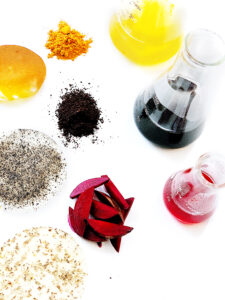
Uyen Tran Tômtex Biomaterial: Biosequin 2020, shell seafood waste, agar, coffee ground, natural dyes; ochre, charcoal, beetroot juice, onion skin; Mold making, natural-dyed, laser cut, sewn. Photo: Casper Yang.
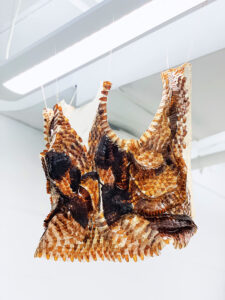
Uyen Tran Tômtex Biomaterial: Biosequin 2020, shell seafood waste, agar, coffee ground, natural dyes; ochre, charcoal, beetroot juice, onion skin; Mold making, natural-dyed, laser cut, sewn. Photo: Casper Yang.
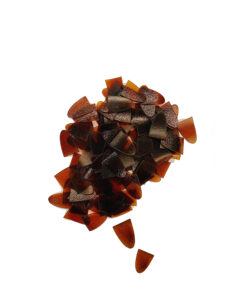
Uyen Tran Tômtex Biomaterial: Biosequin 2020, shell seafood waste, agar, coffee ground, natural dyes; ochre, charcoal, beetroot juice, onion skin; Mold making, natural-dyed, laser cut, sewn. Photo: Casper Yang.
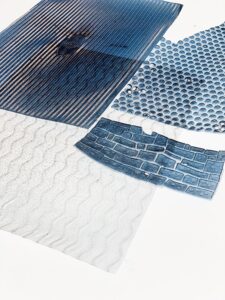
Uyen Tran Tômtex Biomaterial: Biosequin 2020, shell seafood waste, agar, coffee ground, natural dyes; ochre, charcoal, beetroot juice, onion skin; Mold making, natural-dyed, laser cut, sewn. Photo: Casper Yang.
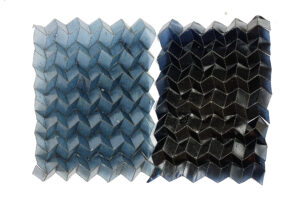
Uyen Tran Tômtex Biomaterial: Biosequin 2020, shell seafood waste, agar, coffee ground, natural dyes; ochre, charcoal, beetroot juice, onion skin; Mold making, natural-dyed, laser cut, sewn. Photo: Casper Yang.
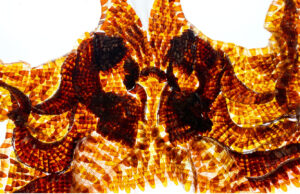
Uyen Tran Tômtex Biomaterial: Biosequin 2020, shell seafood waste, agar, coffee ground, natural dyes; ochre, charcoal, beetroot juice, onion skin; Mold making, natural-dyed, laser cut, sewn. Photo: Casper Yang.
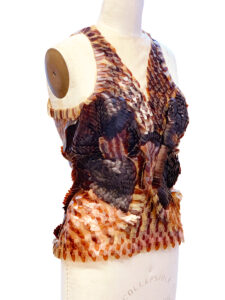
Uyen Tran Tômtex Biomaterial: Biosequin 2020, shell seafood waste, agar, coffee ground, natural dyes; ochre, charcoal, beetroot juice, onion skin; Mold making, natural-dyed, laser cut, sewn. Photo: Casper Yang.

3 Comments
Mo Kelman says
August 14, 2020 at 8:14 am
Fabulous, innovative, compelling work....the award is well-deserved, and then some!
Marilyn Grisham says
August 14, 2020 at 1:54 pm
The results are amazing. Your designs are exciting.
Maggie Weiss says
August 23, 2020 at 5:00 pm
Remarkable research and development & creative applications using these materials! Making the world a better place one pile of coffee grounds at a time. Brava!
Related Blog Articles
Award
Creative Promise Award Winner: Khadija Aziz